Its Better To Grow Healthy Kids Than To Fix Injured Adults.
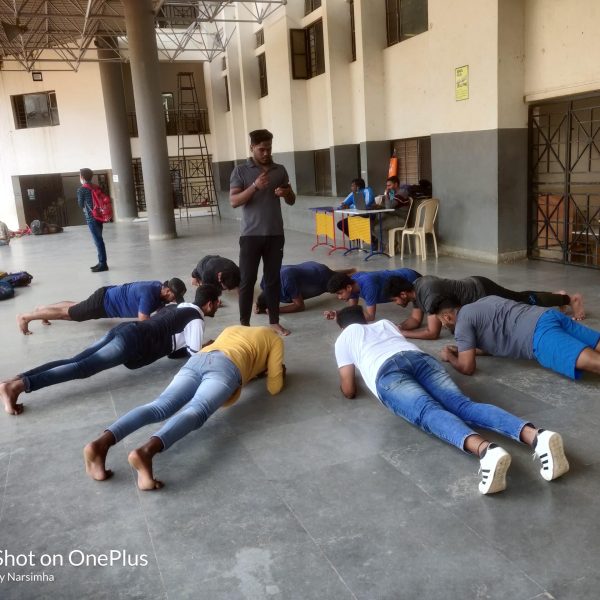
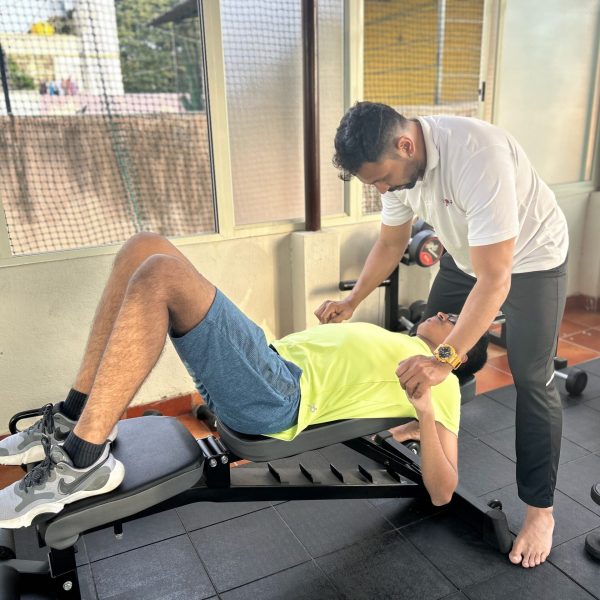

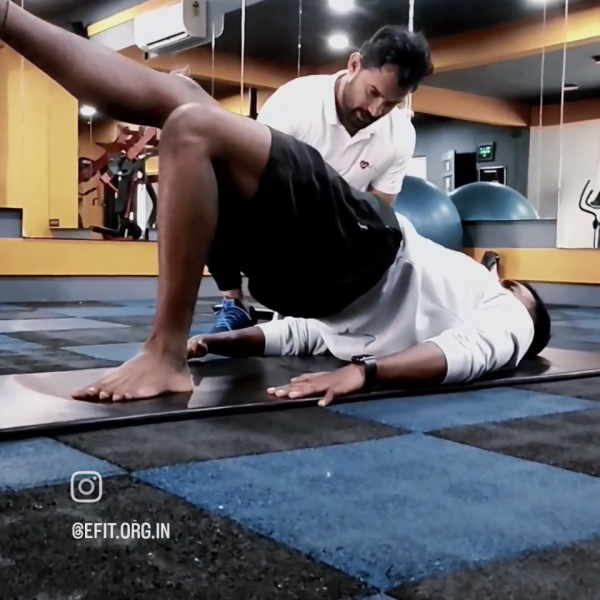
Our training has successfully transformed over 750 individuals to achieve their fitness goals. Join us today!
Getting used to healthy behaviors from an early age is a gift to children. They are so ready to learn and retain new information and create good habits when they are young. Doing so will help build their physical confidence, too. The more involved your family is in physical activity, the healthier they will be.
Kids this age need physical activity to build strength, coordination, and confidence — and to lay the groundwork for a healthy lifestyle. They’re also gaining more control over how active they are. It’s never too early to encourage a love of physical activity in kids by exposing them to fun fitness activities and sports. Doctors say that participating in different activities develops motor skills and muscles and reduces the risk of developing overuse injuries.
Guidelines from the Department of Health and Human Services recommend that children and adolescents aged 6 and older get at least an hour a day of moderate or vigorous aerobic activity. Children should do vigorous activities, such as running or biking, at least three days a week. They should also participate in muscle-strengthening activities, such as body weight exercises, at least three days a week. Children should also do bone-strengthening activities, such as jumping rope or running, at least three days a week.
Remember, including physical activity in your child’s daily routine sets the foundation for a lifetime of fitness and good health.
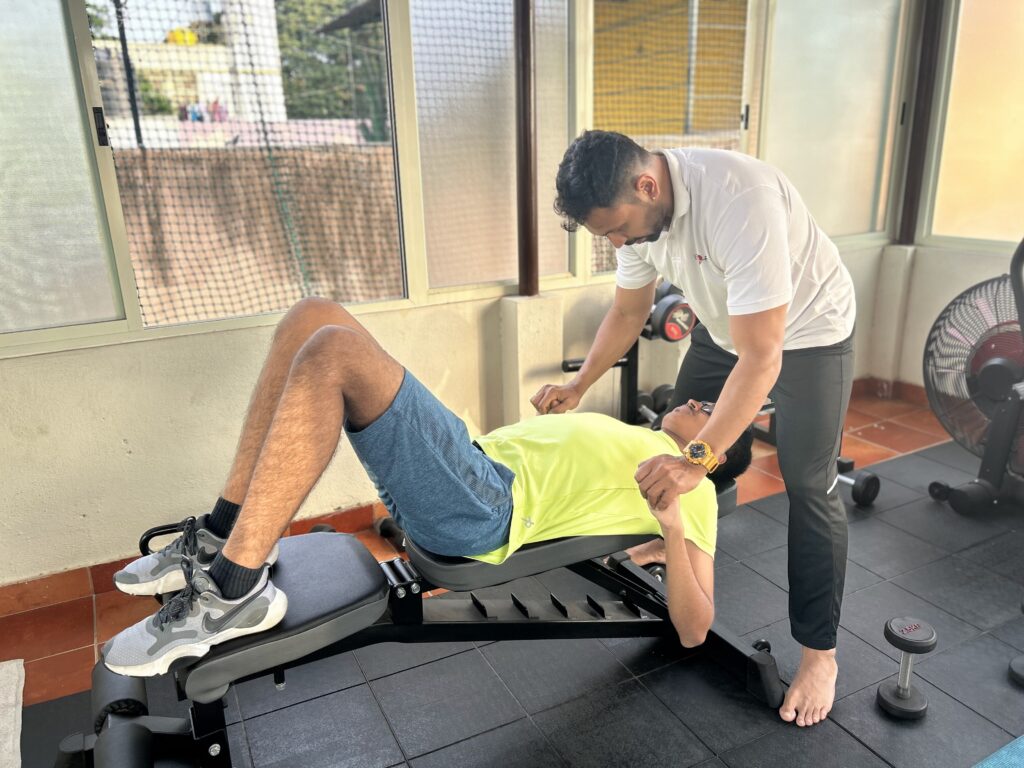
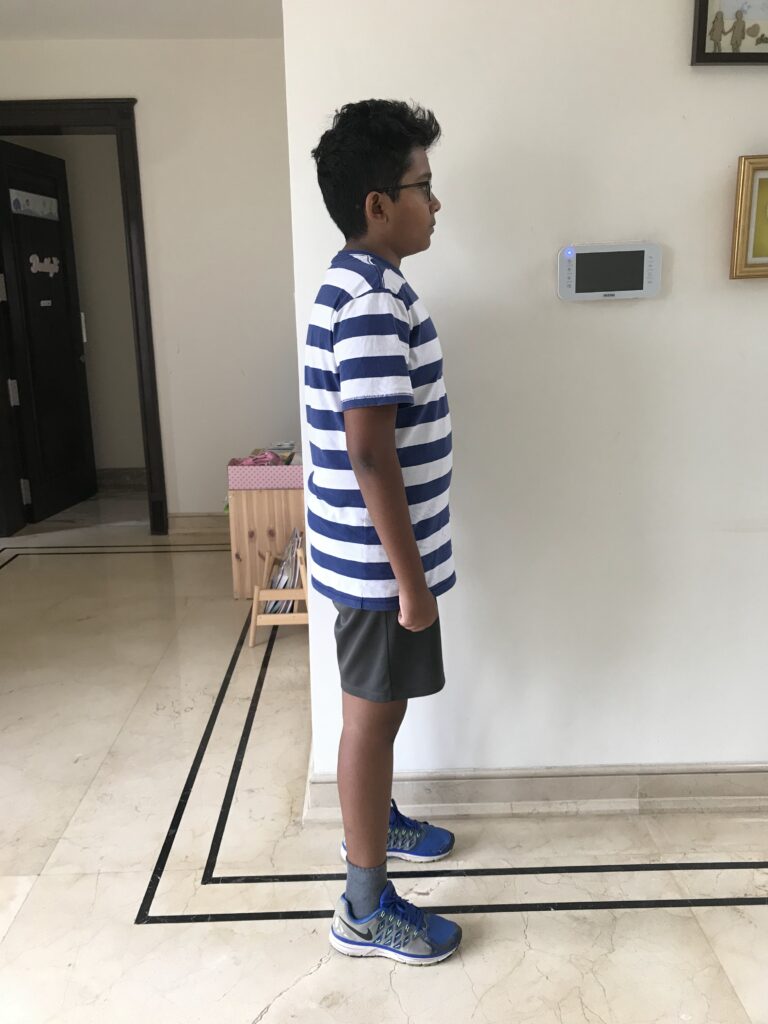
At E-Fit.org.in, we:
Answers to common fitness questions: equipment use, membership fees, personal training, class schedules, and more.
Kiddo Fitness refers to physical activity and exercise programs designed to promote children’s overall health and well-being.
Yes, fitness training is safe for children as long as it is done properly and under the supervision of a qualified trainer. It’s important to choose a gym that has experience working with children and employs trainers trained to work with children.
The exercises your child does during fitness training will vary depending on their age, fitness level, and goals. Fitness training for children typically includes cardio (running, jumping jacks, jump rope, etc.), strength training (push-ups, squats, lunges, etc.), and flexibility training (stretching, yoga poses, etc.). increase. ).
The duration of fitness training depends on your child’s age and fitness level. Younger children can have short sessions and older children can have longer sessions. Sessions typically last 30-60 minutes.
Children should wear comfortable, breathable clothing that allows them to move freely. Athletic shoes with good grip are also important. Children must bring a water bottle and a towel.
The benefits of fitness training for children include increased physical fitness, increased strength and flexibility, improved balance and coordination, increased self-esteem, and reduced risk of obesity and related health problems.
This varies by gym and program. Some studios offer group fitness classes for kids, while others offer one-on-one workouts. Exercising with other kids is a fun way to stay motivated and make new friends.
The frequency of fitness training depends on your child’s age, fitness level, and goals. Generally, a younger child can exercise once or twice a week, while an older child can exercise three to four times a week.
Yes, it’s important for children to engage in various physical activities to promote their overall health and fitness. Make sure your child’s fitness training is planned to allow adequate rest and recovery between workouts.